Regulatory Support and Safety Standards
The Automotive Night Vision System Market is benefiting from increasing regulatory support and evolving safety standards. Governments and regulatory bodies are recognizing the importance of advanced safety technologies, including night vision systems, in reducing road accidents. As a result, there is a push for stricter safety regulations that encourage the adoption of such technologies in vehicles. For instance, certain regions are implementing mandates that require new vehicles to be equipped with advanced safety features, including night vision capabilities. This regulatory environment is likely to stimulate market growth, as manufacturers seek to comply with these standards. Market forecasts suggest that the implementation of these regulations could lead to a 15% increase in the adoption of night vision systems in the next five years.
Technological Advancements in Imaging Systems
The Automotive Night Vision System Market is experiencing a surge in technological advancements, particularly in imaging systems. Innovations such as infrared cameras and thermal imaging technologies enhance visibility during low-light conditions. These advancements not only improve safety but also contribute to the overall driving experience. The integration of high-resolution sensors and advanced algorithms allows for better object detection and recognition, which is crucial for nighttime driving. As a result, the market is projected to grow significantly, with estimates suggesting a compound annual growth rate of over 10% in the coming years. This growth is driven by the increasing demand for enhanced safety features in vehicles, making night vision systems a vital component of modern automotive technology.
Rising Consumer Awareness and Demand for Safety Features
The Automotive Night Vision System Market is witnessing a notable increase in consumer awareness regarding safety features. As drivers become more informed about the benefits of night vision systems, demand for these technologies is expected to rise. Consumers are increasingly prioritizing safety in their vehicle purchases, leading to a greater emphasis on advanced safety features, including night vision capabilities. Market Research Future indicates that nearly 60% of consumers consider safety features as a primary factor when purchasing a vehicle. This growing awareness is likely to propel the market forward, as manufacturers respond to consumer preferences by incorporating night vision systems into their offerings. The result is a more competitive landscape, with companies striving to innovate and enhance their product lines.
Growing Investment in Automotive Research and Development
The Automotive Night Vision System Market is experiencing a surge in investment directed towards research and development. As automotive manufacturers strive to enhance vehicle safety and performance, significant resources are being allocated to the development of advanced night vision technologies. This investment is not only aimed at improving existing systems but also at innovating new solutions that can address the challenges of nighttime driving. Market analysis indicates that R&D spending in the automotive sector is projected to reach over $100 billion by 2026, with a substantial portion dedicated to safety technologies. This focus on R&D is likely to foster innovation within the night vision system market, leading to the introduction of more sophisticated and effective solutions for consumers.
Integration with Advanced Driver Assistance Systems (ADAS)
The Automotive Night Vision System Market is increasingly integrating with Advanced Driver Assistance Systems (ADAS). This integration enhances the functionality of night vision systems by providing real-time data to drivers, thereby improving overall safety. Systems that combine night vision with ADAS features such as lane departure warnings and collision avoidance systems are becoming more prevalent. This synergy not only aids in reducing accidents but also aligns with the growing trend of automation in vehicles. Market data indicates that the adoption of ADAS is expected to rise, with projections showing that nearly 50% of new vehicles will be equipped with such technologies by 2027. Consequently, the integration of night vision systems with ADAS is likely to drive market growth and innovation.


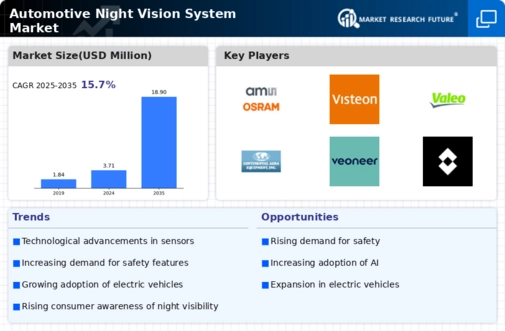

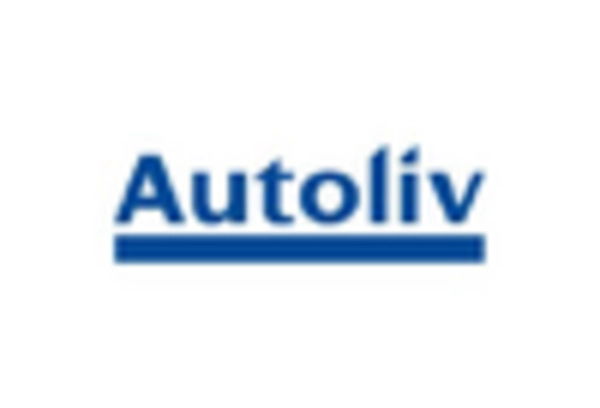


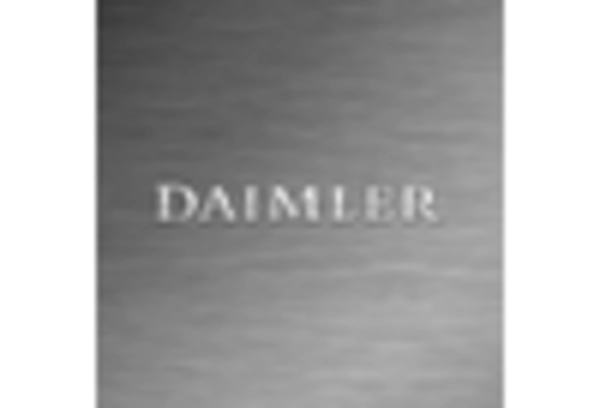
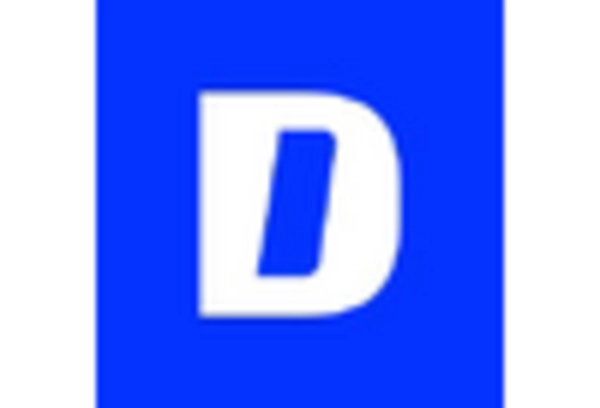
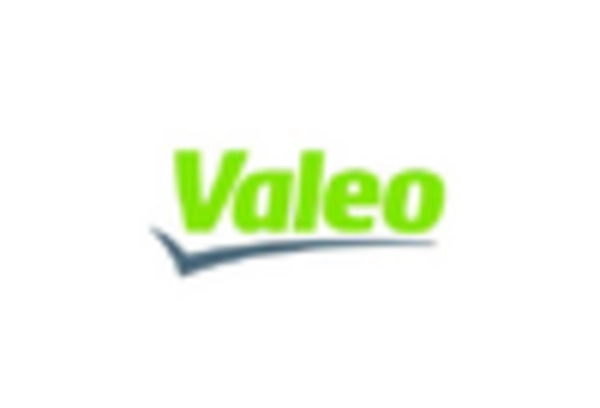








Leave a Comment